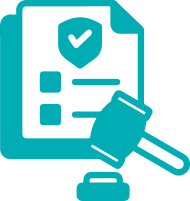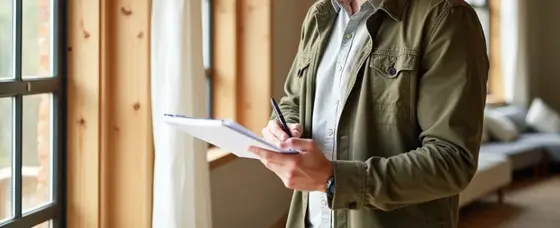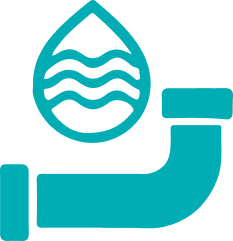Post-Remediation Testing
Verifying the Success of Mold Cleanup
Post-remediation testing is the final and most critical step in the mold remediation process. It ensures that the cleaned areas are free from mold contamination and safe for reoccupation. This step not only verifies the success of remediation efforts but also provides peace of mind, regulatory compliance, and protection against mold regrowth or lingering health risks.
"*" indicates required fields
Why is Post-Remediation Testing Done?

To Verify Successful Mold Removal
Confirms that all mold has been properly removed and no contamination remains.

To Ensure a Safe Environment
Identifies and eliminates lingering mold spores that could pose health risks.

To Prevent Mold Regrowth
Detects residual moisture or spores that could lead to future mold problems if left unaddressed.

To Meet Regulatory and Insurance Requirements
Provides necessary documentation to satisfy local regulations or insurance claims.

To Protect Occupants and Property Value
Ensures that the space is safe for reoccupation and helps maintain property integrity.
What Does Post-Remediation Testing Include?
Visual Inspection: Ensures all visible mold has been removed and no signs of contamination remain.
Air Sampling: Measures mold spore levels to confirm indoor air quality meets safe standards.
Surface Sampling: Checks cleaned areas to verify no residual mold exists.
Moisture Testing: Detects hidden moisture to prevent mold regrowth.
Comparison with Pre-Remediation Data: Validates improvement by comparing conditions before and after remediation.

Reliable Water and Air Quality Testing Services
Protect your environment with our specialized water and air quality testing solutions, offering comprehensive analysis to detect contaminants, convenient sample collection, and on-site testing for immediate results. Contact us today to schedule a consultation or on-site visit and take the first step toward a healthier, safer environment!
Frequently Asked Questions
Why is post-remediation testing necessary?
It confirms that the remediation process was effective, ensuring the area is safe for reoccupation and free from contamination.
What happens if mold is still detected?
If mold is found, additional cleaning or remediation will be required. Testing ensures that no issues are overlooked.
How does post-remediation testing prevent future problems?
It identifies residual moisture or spores, preventing mold regrowth and ensuring long-term safety.
How long does the testing process take?
The process typically takes a few hours, with results available in 3–5 business days, depending on the testing complexity.
Is post-remediation testing legally required?
While not always mandatory, it may be required by local regulations or insurance policies. It is strongly recommended for peace of mind and compliance.
Request a Test or Consultation
Your Environment, Our Priority – Fill out the form below, and our team will get back to you as soon as possible.
"*" indicates required fields





